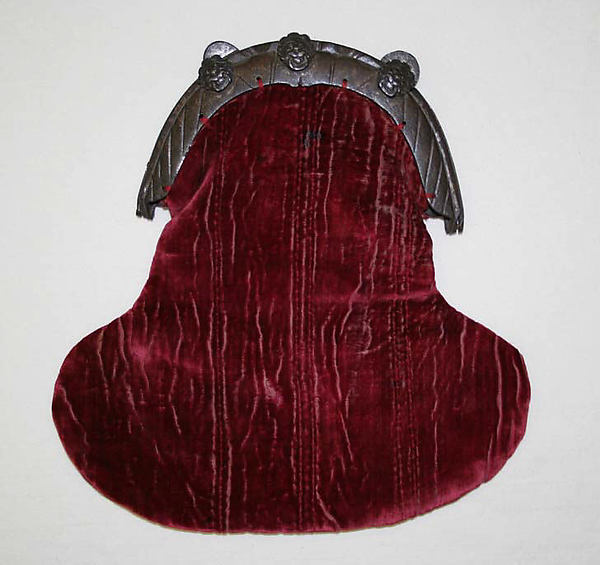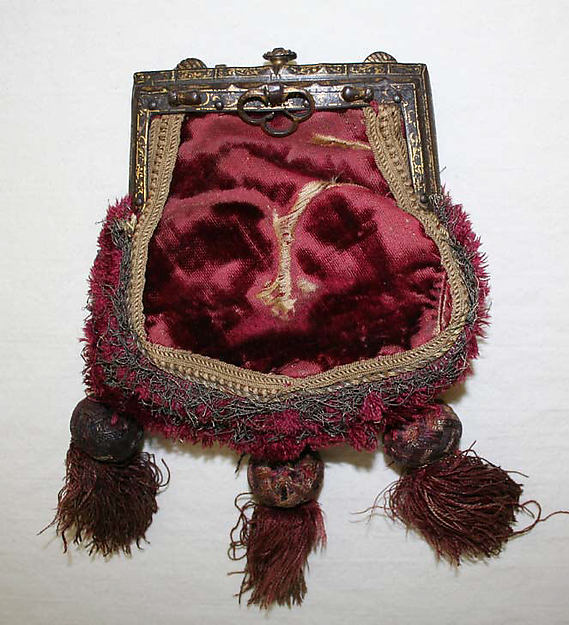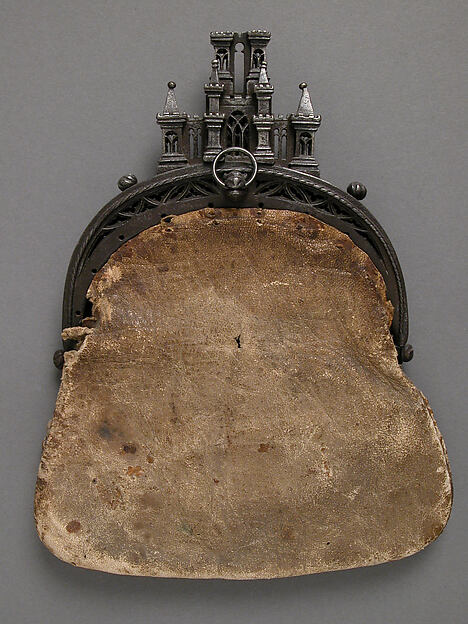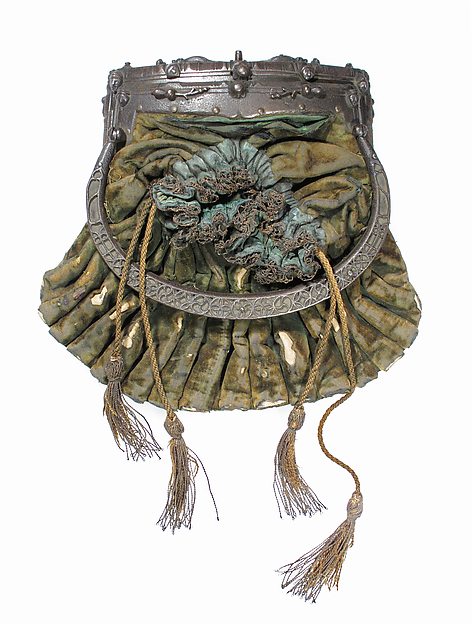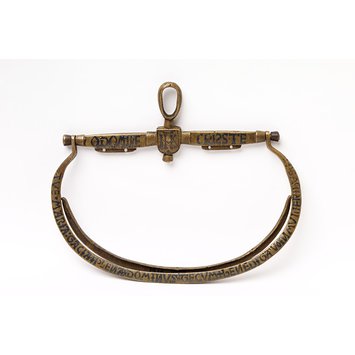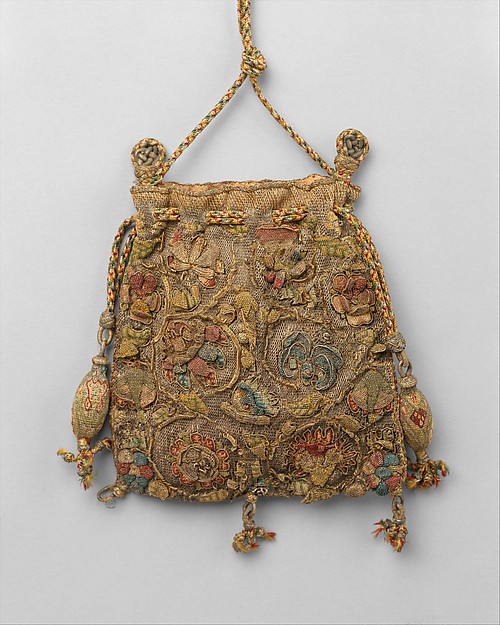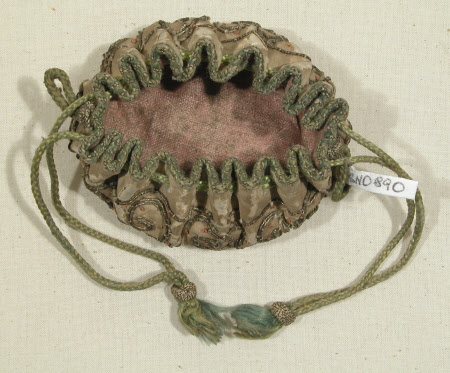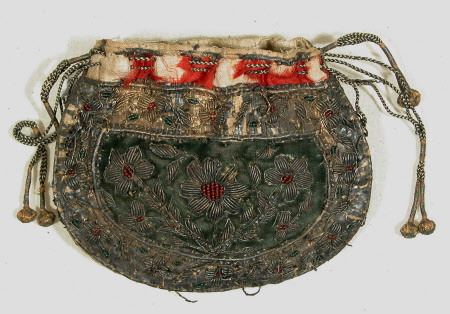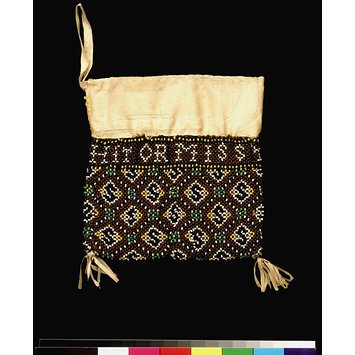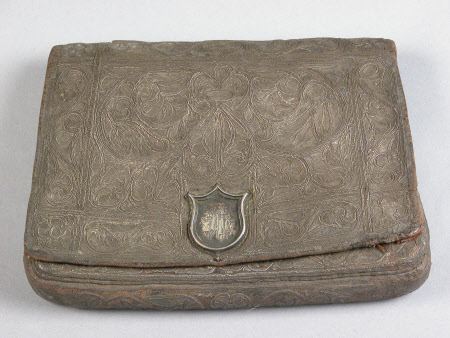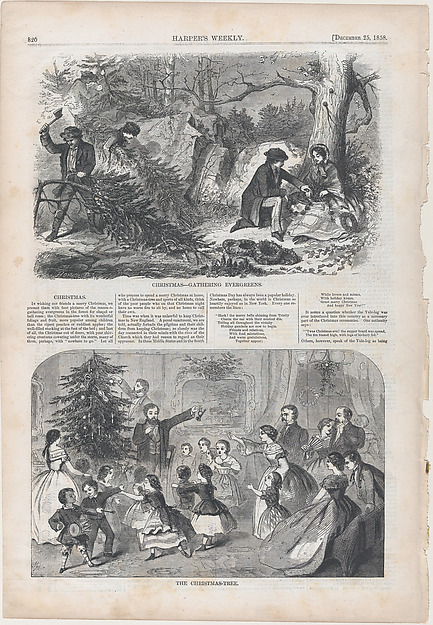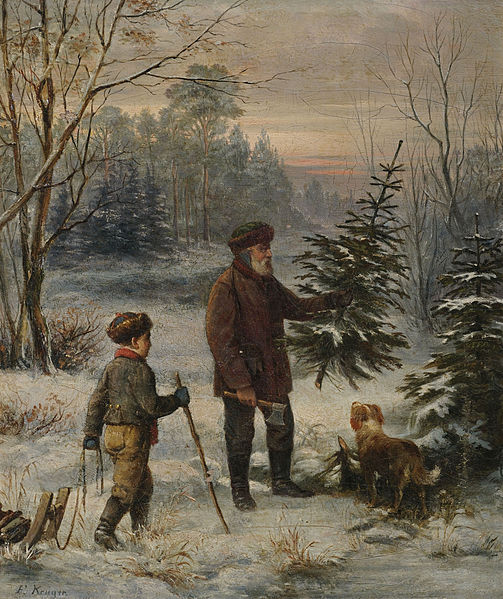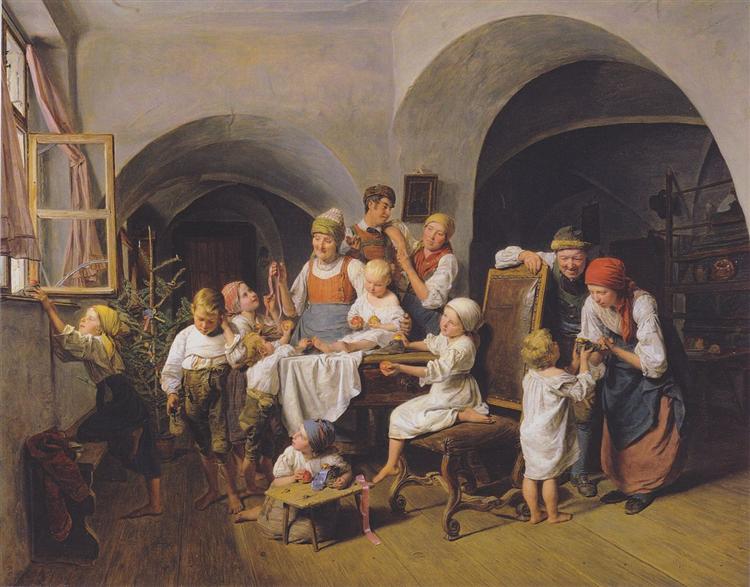19th Century Fashion in Detail by Lucy Johnston
This is one pretty, pretty book.
The introduction is an 8-page overview 19th century fashion--each 10-15 year period gets four paragraphs describing the fashionable silhouette of the time, and discussing changes in garment construction, textile manufacturing, etc. Other than a short glossary and reference list at the end (~4 pages), the rest of the book is beautiful, close-up images of original period garments. The cover is a one such example. Most garments have a two-page spread: a generous half-page written description with context for the item's construction and use; front and back line drawings of the whole garments (like you'd see on the back of a pattern envelop); and a then full-page color image of one detail. A few garments--mostly jackets and vests, but also some dresses--share two or three pieces over two pages.
Both men's and women's garments and are included, though women's dresses seem to predominate. The pieces are grouped thematically rather than chronologically, so there'll be some flipping around if you're trying to see a particular time period. Even within the nine chapters/divisions, there is no attempt at chronological ordering. The number and type of garments varies with the theme: for example, the first chapter (construction techniques) features thirteen women's dresses, five outer garments, and one bustle; the embroidery section shows a man's coat and a man's vest, as well as a woman's shawl, woman's coat, and nine dresses or dress parts.
The main strength of this book is all the eye-candy. It's a lovely tribute to the craftsmanship of 19th century tailors and dressmakers. The pictures are inspiring, and will help the historic sewist by suggesting color combination, printed fabric designs, trims, and illustrating the exquisite construction details of period garments; the line drawings help to reveal the underlying construction of the gorgeous items in the photographs*. That being said, as each garment only gets one detail shot, so more resources will be needing if one is attempting to actually reproduce a specific garment. While it would be nice to see more pictures of each garment, I'm not sure if that would actually improve this book, or just make it unwieldy.
*Many historic garment books seem to go for either photographs or for line drawings and scaled drafts of pieces; this volume makes a decent attempt at bridging the divide. Corsets: Historical Patterns and Techniques, does something similar, but emphasizes the construction a bit more.
Stars: 5
Accuracy: All original garments, with intelligent and useful commentary.
Overall Impression: Many gorgeous examples make this a pleasurable and useful book. It will make a lovely addition to most historic fashion libraries, and if you're dying for some close-ups of the pieces in the V&A collection, this is the book for you. If you're trying to make historic clothing, this is a good book for inspiration and contains helpful images of interior construction, but you'll want additional patterning and construction references.

